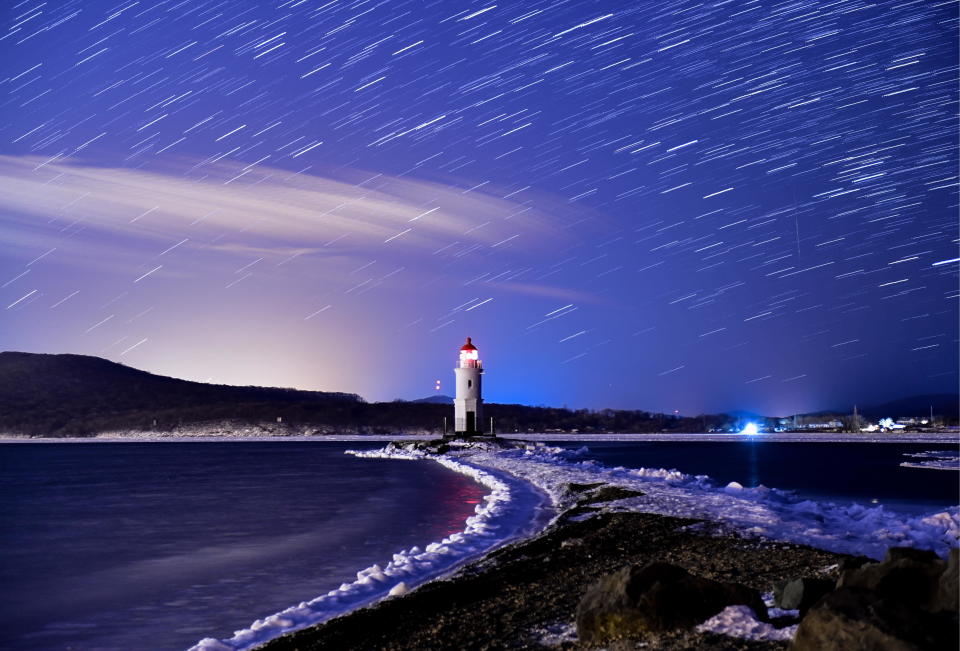How to watch the Geminids meteor shower, one of the year's best
December brings not only the great conjunction of Jupiter and Saturn, but also one of the year's best and most reliable meteor showers — the Geminids. The shower is active from December 4 to December 17, peaking on the 13 and 14.
What are the Geminids?
The Geminids meteor shower is active each December, as Earth zooms through a trail of debris from the small asteroid 3200 Phaethon. It is one of the biggest showers of the year, delivering upwards of 120 meteors per hour during its peak.
The Geminids are bright and fast, and they are often yellow in color. According to EarthSky, they enter Earth's atmosphere at around 80,000 miles per hour.
According to NASA, the Geminids produce a reliable number of meteors every year. They are expected to be even more dazzling this year because the shower's peak coincides with a nearly new moon.
The Geminids, which first began appearing in the mid-1800s appear to radiate from near the constellation Gemini, the "Twins," but meteors can appear in any part of the sky.
Most meteors originate from comets, but the Geminids are unique in that they originate from an asteroid. NASA astronomers believe that the mysterious asteroid 3200 Phaethon, discovered on October 11, 1983, may be a "dead comet" or "rock comet" — scientists are not entirely sure how to classify it due to its comet-like orbit and unusual meteors.

How to watch the Geminids
Because of the nearly new moon, the skies will be even darker than usual, meaning there will be no moonlight blocking the view of meteors, giving skywatchers the chance to see the maximum amount. The best time to view the meteors, which are visible across the world, is during the night and predawn hours.
The peak of the shower is the night of December 13 into the morning of December 14, but meteor activity will still be strong in the days before and after.
It's possible to spot meteors in the Northern hemisphere all night, with activity peaking around 2 a.m. local time, when the constellation is highest in the sky. In the Southern Hemisphere, viewing is best after midnight.
Additionally, "this shower is considered one of the best opportunities for young viewers since this shower starts around 9 or 10 p.m.," NASA says.
As always, the best location to view a meteor shower is an open, dark location away from bright city lights. Lie flat on your back with your feet point south, and give your eyes about 30 minutes to adjust to the darkness.
And don't forget to come prepared for frigid temperatures — bring a blanket!
PPE firm co-founder compares company to airplane being built while in flight
From the 60 Minutes archive: August Wilson
Jobless claims decline as 712,000 Americans file for first-time unemployment benefits

